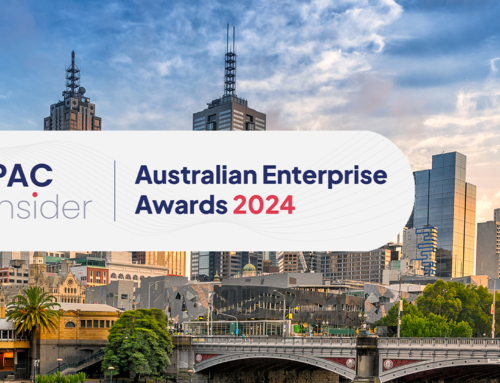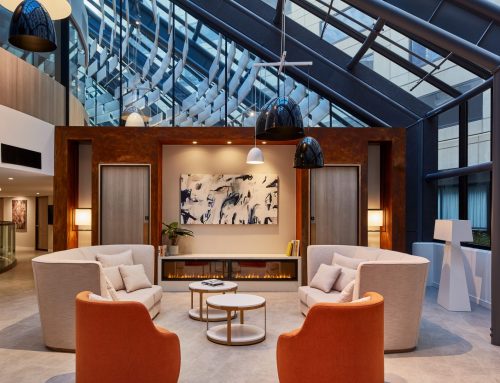At TPHE we wrapped 2021 with positivity, enthusiasm and gusto. Fast forward a few weeks and we find ourselves here in 2022, where we are greeted with new challenges and issues facing our industry.
Over the past 2 years, the world of events has been subject to one of the greatest overhauls in comparison to many other industries and verticals. As event managers, we have had to innovate and adapt, and move from predominantly live in-person events to virtual and hybrid offerings (all the while making the events engaging and valuable for all stakeholders involved).
So the question is, where to from here? What do events look like in 2022?
Below we have summarised our best tips and advice to assist you with your event design in the coming months. We have taken into consideration all the lessons we have learnt over the past 2 years and we hope you can use these to set you up for success over the next year and beyond.
Know who you are as a business
It is most likely that during the pandemic your business has changed and evolved. The young, entrepreneurial ‘toddler’ businesses have grown into adolescents, the more established ‘adolescent’ businesses have grown into adults and the ‘adults’ have evolved into more seasoned, more experienced organisations. On the flip side some businesses have floundered and can’t pinpoint where they stand now. So it’s very important to take a step back and know what your business status is now and what your true mission is.
Understand your audience
You have most likely built a community over the lifecycle of your business and hopefully you’ve been communicating with them throughout Covid. Now is the time to work out what they want, what they want to learn, what they want to hear and who they want to network with.
Make a list and identify your stakeholders. Whether it be delegates, sponsors, alliances, media, speakers or dignitaries. Things may have changed during Covid and it’s important to know who your key audience is and how they want to engage with you.
Establish the best event format
Now that you have established who you are as an organisation and who your audience is, it is time to work out whether your event is delivered virtually, hybrid or in-person.
There are many different options on the market and many ways to deliver events including:
- Live in-person event
- Hybrid event: Broadcasting from the in-person event or from a live and virtual audience
- ‘Hub and Spoke’ model with event streaming from one destination to multiple destinations
- Virtual live event offered over one or multiple days
- Virtual live event spread over multiple weeks
- Virtual on demand event
Each of these delivery types come with their own nuances and requirements, so naturally all the key components of the event (including speaker presentations, panel presentations, sponsorship engagement, media liaison and all other elements) would be formatted according to the style of delivery.
Finding the best destination
If you are opting for an in-person event, you will need to establish the best destination for your delegates. Look at the history of who has attended, where they have come from and segment the data to work out the optimal destination. It is important to keep in mind the state laws and travel restrictions and if this will impact any of the delegates ability or willingness to attend if they have to travel interstate.
How long should your event be?
Historically delegates have been able to get away for multiple days for events without issue, but thanks to Covid, this may have changed. Establish whether a three day event should now be re-designed as a two day event or potentially a one day event. You may opt for an event that’s delivered over several weeks virtually.
Have a Covid Safe plan
Last but not least, it is imperative to have a Covid Safe plan documented with all scenarios addressed. This should be completed with the venues, all suppliers and all stakeholders involved. Historically event managers have had risk assessment plans in place and now there is another significant layer of pre-planning involved. Your plan B should be a solid plan B with all measures in place.
Get planning (and reach out for help if you need it)
The landscape may have changed over the past two years however it has never been more evident that people want to continue learning, continue developing and continue networking. With technology and all of our vendors on our side we are able to deliver this no matter what the obstacles are.




